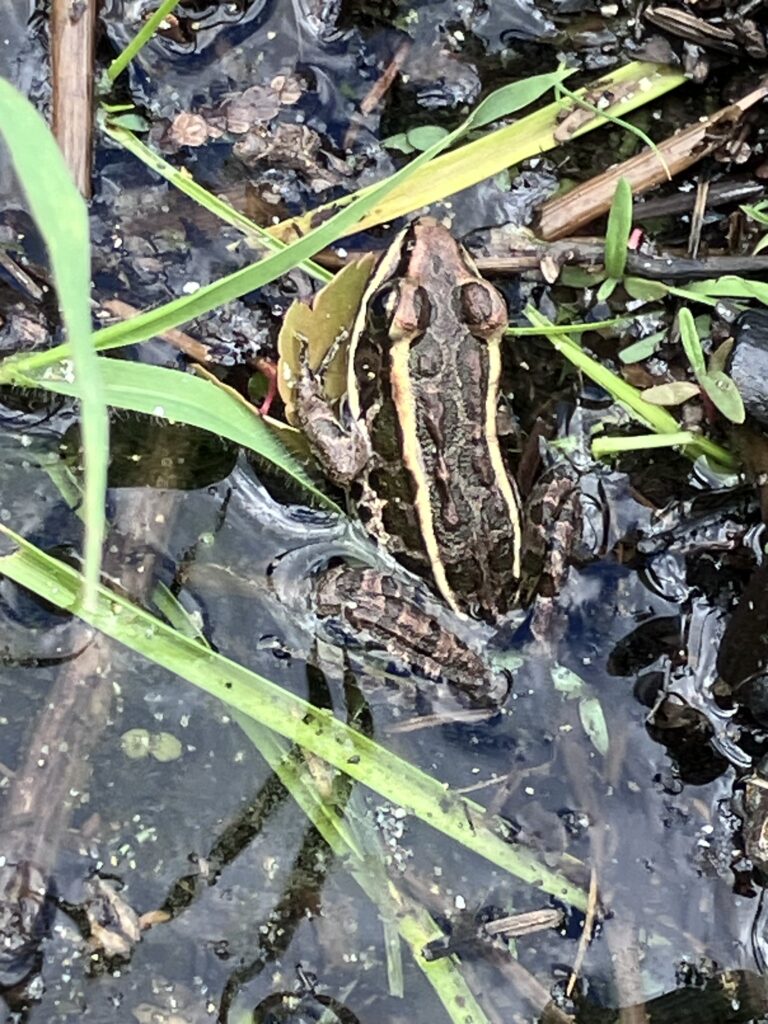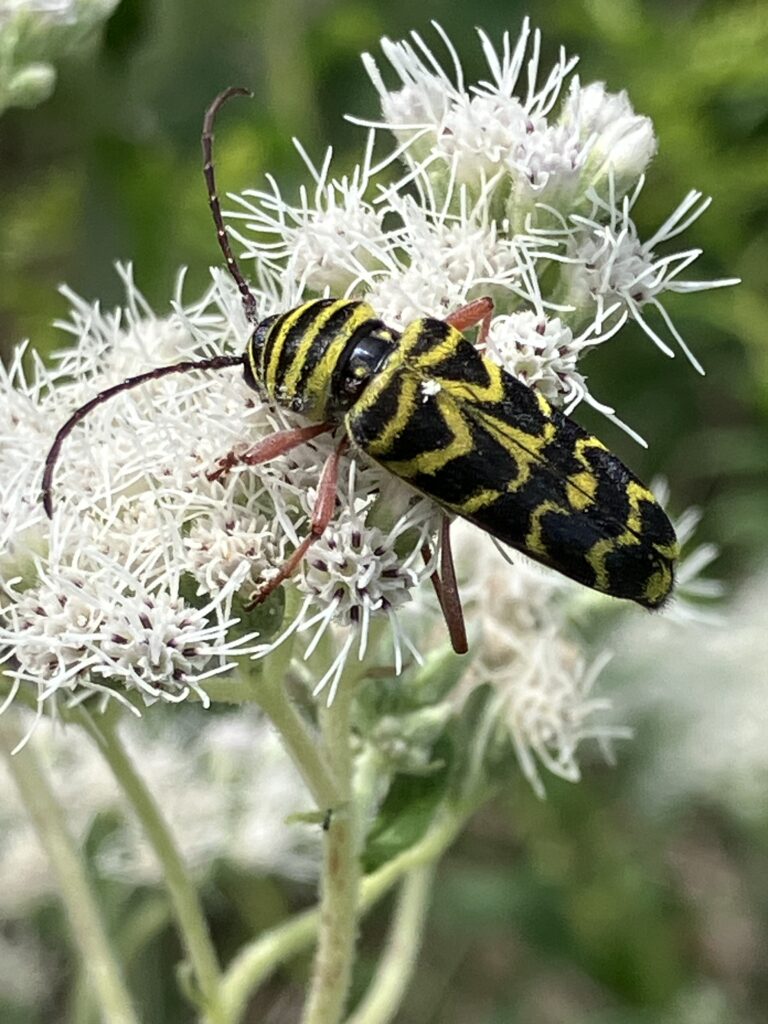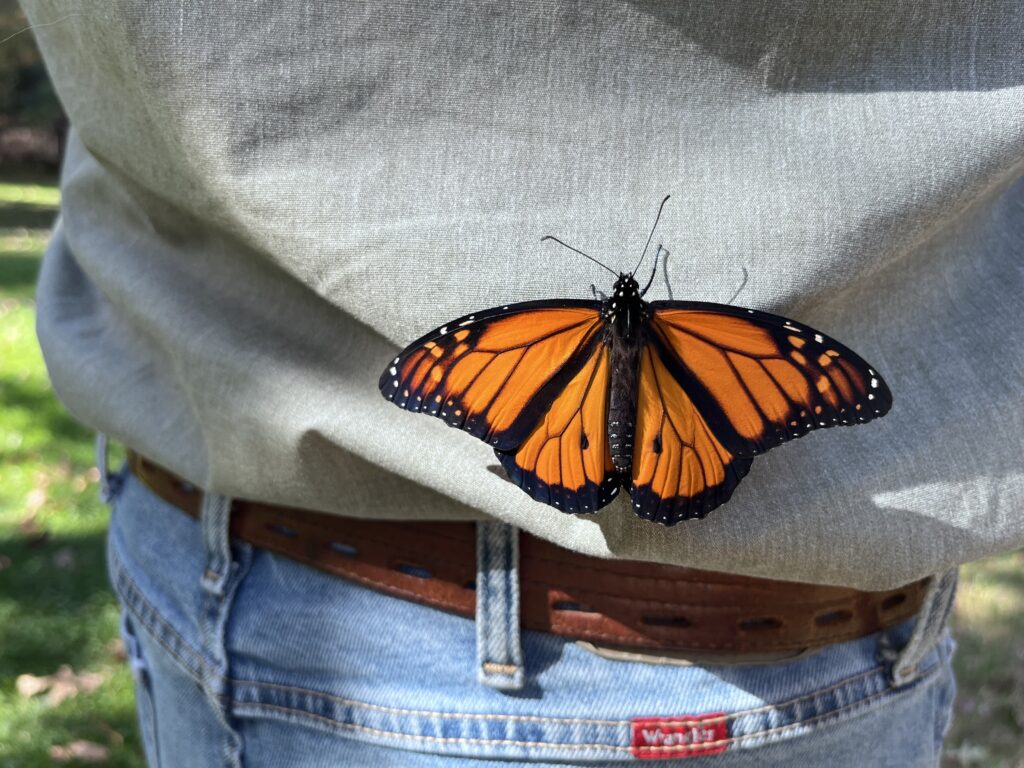Genesis Of The Idea
Insights
Tom's Corner: Field Craft and Innovation
September 19, 2025
What we learn and create in our own spaces and programs—our field craft and innovations—can become powerful when shared across the growing microhabitat community.

Early in my conservation career, I learned from a wildlife manager how to artificially increase the productivity of wild waterfowl. He shared knowledge he had learned from others, such as when to harvest eggs from a wild nest (early enough to encourage a second clutch), and what breed of broody hens to set them under (bantam silkies). But he also shared with me techniques he had developed on his own, such as how to encourage the hatchlings to feed (sprinkle starter mash on their backs; ducklings will pick foreign matter off their siblings).
The depth and detail of my mentor’s knowledge were humbling, but I soon learned that an equivalent level of expertise existed in every field of wildlife management, from game species to rare ones, and from the largest mammals to the smallest invertebrates. I later learned that practical tips and innovations were shared among those who restore and manage ecosystems, too -for example, those who conduct prescribed fire, control invasive species or harvest and plant wild seeds.

Since the dawn of the modern conservation movement, scores of academic departments have graduated thousands of professional field ecologists and filled hundreds of libraries with peer-reviewed literature. But that’s not the kind of knowledge I’m talking about here. I’m talking about the innovation of technique. At its foundation is field craft: practical lessons learned and passed down from others, perfected by years of experience in the field. But its ultimate expression is in innovation, the development of new techniques that are passed on.
Much of that field craft and innovation has been gained by intimate study and management of species and ecological processes in intact landscapes. After all, that is where the populations of wildlife live under the vagaries of natural circumstances. But where today can we find equivalent field craft and innovation for managing highly fragmented landscapes and impaired ecological processes? Who are the experts with field craft, who are the innovators of the microhabitat movement?

I contend they are us, the stewards of microhabitats. Some of us are academics and professionals, but at this stage in the movement, the vast majority of us are amateurs. The microhabitat movement is in the same early stages as early ecologists were before the days of Aldo Leopold, when much of what was known was scattered among the minds of those with intimate knowledge of a species or landscape. I am willing to bet that hundreds of us stewards have privately developed techniques to manage invasive species, nurture a particular species of insect or plant, improvise a predator deterrent, or build a hibernacula. Some of this knowledge is just solid field craft, but some is startling innovation. (How do I distinguish between the two? When I come across a potentially important idea and my first thought is “huh, I’d have never thought of that in a million years.” Here’s an example: a frog sauna to combat chytrid fungus, which is devastating amphibian populations worldwide.)
Academic research on microhabitat management is advancing rapidly, but I suspect that field craft and innovation are passed on through those programs that have Facebook groups, collaborative work sessions, and other gatherings. Perhaps the time has come for a national forum for us stewards to share experience and innovation.

